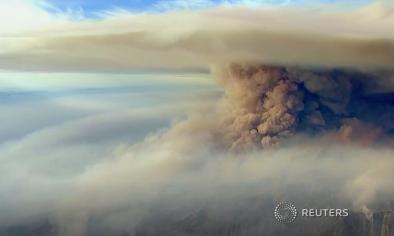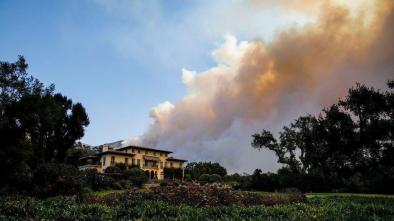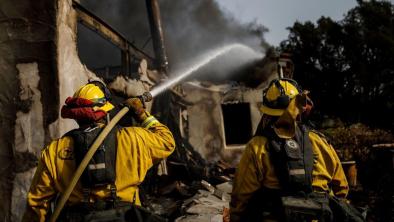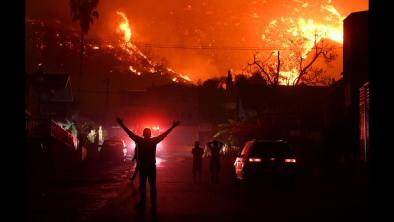Thomas Fire on verge of becoming the biggest blaze in state history
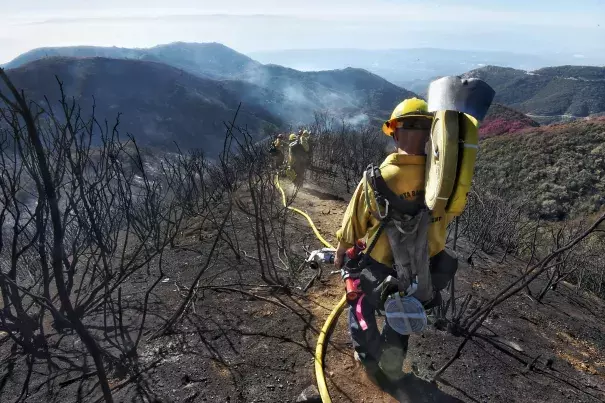
The Thomas Fire, the behemoth wildland blaze that’s been burning in Southern California for 17 days, is now the second-largest inferno in modern state history, and powerful northerly winds are in the forecast that may soon make it the largest.
Containment of the fire in Ventura and Santa Barbara counties reached 60 percent Wednesday, up from 55 percent the day before, officials said.
The blaze, which began Dec. 4 near Santa Paula in Ventura County, is being fueled by extremely dry conditions and ferocious Santa Ana winds. It has burned across 272,000 acres, according to the state Department of Forestry and Fire Protection, also known as Cal Fire.
...
The conflagration is second in size only to the 2003 Cedar Fire, which burned 272,246 acres in San Diego County, according to Cal Fire records dating to 1932.
Winds are expected to kick up again Thursday morning, dealing yet another challenge to the thousands of firefighters working to control flames devouring wildlands and residential areas near Santa Barbara. The National Weather Service expects northerly winds with gusts up to 50 mph into Friday.
“With the introduction of these winds, critically dry fuels will be receptive to fire spread,” Cal Fire said in a statement. “Montecito will continue to be an area of concern, where north winds are funneled through the Santa Ynez Range.”
Related Content
